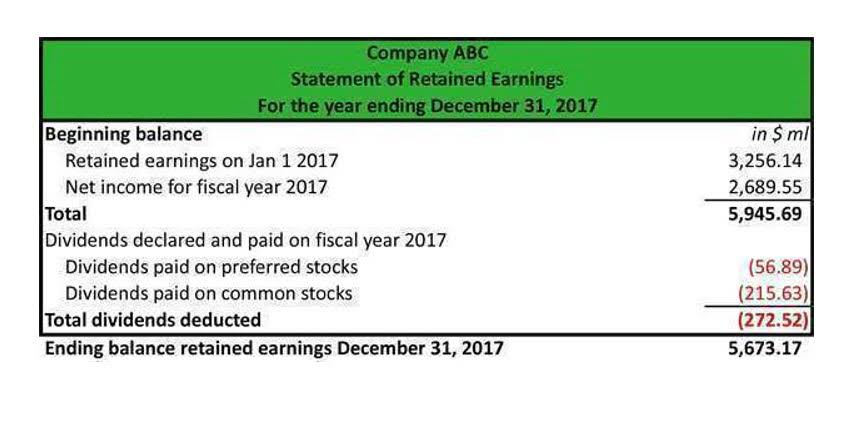
This process is crucial for maintaining the integrity of financial records and ensuring that the company’s financial position is accurately reflected. The journal entry created should reflect the necessary adjustments to the Opening Balance Equity and ensure that it balances to zero, effectively clearing any remaining discrepancies. Once the journal entry is made, it will have a direct impact on the balance sheet and income statement, eliminating any anomalies and providing a true representation of the company’s opening balance equity account financial health. This process is critical for maintaining the integrity of financial records and ensuring that the company’s financial position is accurately reflected. By creating a journal entry, the accountant can make the necessary adjustments to various accounts, such as cash, accounts receivable, and accounts payable, thus impacting the balance sheet and income statement. It’s essential to carefully review and reconcile the journal entry with supporting documentation to validate the adjustments.
You merge your business with another
The final step of this journey is to create equity accounts and assign balances to them. Next, you might want to create your liability accounts and enter their initial (or opening, if you will) balances. You might want to know your opening balance, as it tells you what you had before any new transactions or changes happened. It’s like the foundation of your financial records, helping you keep track of everything accurately. When the system is in balance, you can transfer opening balance equity from the QuickBooks to other equity accounts, such as retained earnings and a common stock.
Business license
Once you find the amount incorrectly posted to Opening Balance Equity, you’ll need to figure out where it should have been posted. This could be either a revenue or expense category, an asset account, a liability account, or a different equity account. When you have a new vendor or customer entry with value balances, then you can create an opening balance equity account. The amount of money whether positive or negative at the beginning of the accounting period refers to the opening balance of an account. While the amount left in an account at the end of an accounting period refers to the closing balance. As a result, if you create a new asset account with a balance, you must usually offset it by the same amount on the other side of the equation.
Impact of Incorrect Opening Balance Equity on Financial Statements
Suppose the founder starts a new business with an opening share capital of 100. The owner of the business has injected capital amounting to 6,000 when the business started and the retained earning to date are calculated as follows. This account is not found in traditional bookkeeping, regardless of whether it’s done on paper or on any other platform like Excel. Let us know in the comments if you require further assistance managing your accounts or any other concerns in QBO. We’re always available if you need more assistance managing your accounts in QuickBooks Online.
You Entered Inventory Initial Quantities
There may be separate daily minimum balance requirements for avoiding common bank fees or earning interest. If there are multiple owners who will need access to the new account, it may be easier to visit a bank branch and work with a bank representative in person. This will also give you the opportunity to ask questions as you go and start to build a relationship. Business owners of a limited liability company or corporation may need additional documents that outline their business agreements and operations, like an LLC operating agreement or corporate bylaws. Double Entry Bookkeeping is here to provide you with free online information to help you learn and understand bookkeeping and introductory accounting.


If the company has outstanding vendor or customer balances, these should be entered as of the start date of the new company file. If it is not, this means an unbalanced or unaccounted-for entry in your balance sheet needs to be looked at closer. Ensuring all finances are accounted for will make filing your income taxes much easier.


There may be many simple reasons for opening balance equity accounts to show up, even though there have been no recent new bank or customer entry additions. When starting a new business, you do it from scratch, as you don’t yet have any previous financial history or transactions to work with. Still, you create accounts for your assets, liabilities, and equity and enter initial balances.
Best Small Business Accounting Software in 2024
- This will provide you with some info on what you’ll need to do when closing your books and preparing for the new one.
- This account helps in offsetting the opening-balance of the transactions.
- If you find yourself with an opening balance equity account at the first of the month, don’t panic.
- These errors can have a significant impact on the reconciliation procedures, leading to discrepancies between the accounting records and actual financial transactions.
You start a new period in the books
- If the opening balance equity account has a negative balance, it may indicate that there are prior account balances that were not entered correctly.
- The account transactions in a balance sheet must always cancel out at zero.
- QB is double entry accounting, so for every entry there has to be an equal entry in a second account.
- So a good rule of thumb is closing out the opening balance equity account in QuickBooks and transferring the balance to the appropriate equity accounts, ensuring that your accounting records are accurate and up-to-date.
- Besides, not sorting out these funds means you break the compliance rules, which might lead to legal trouble and harm the company’s reputation.